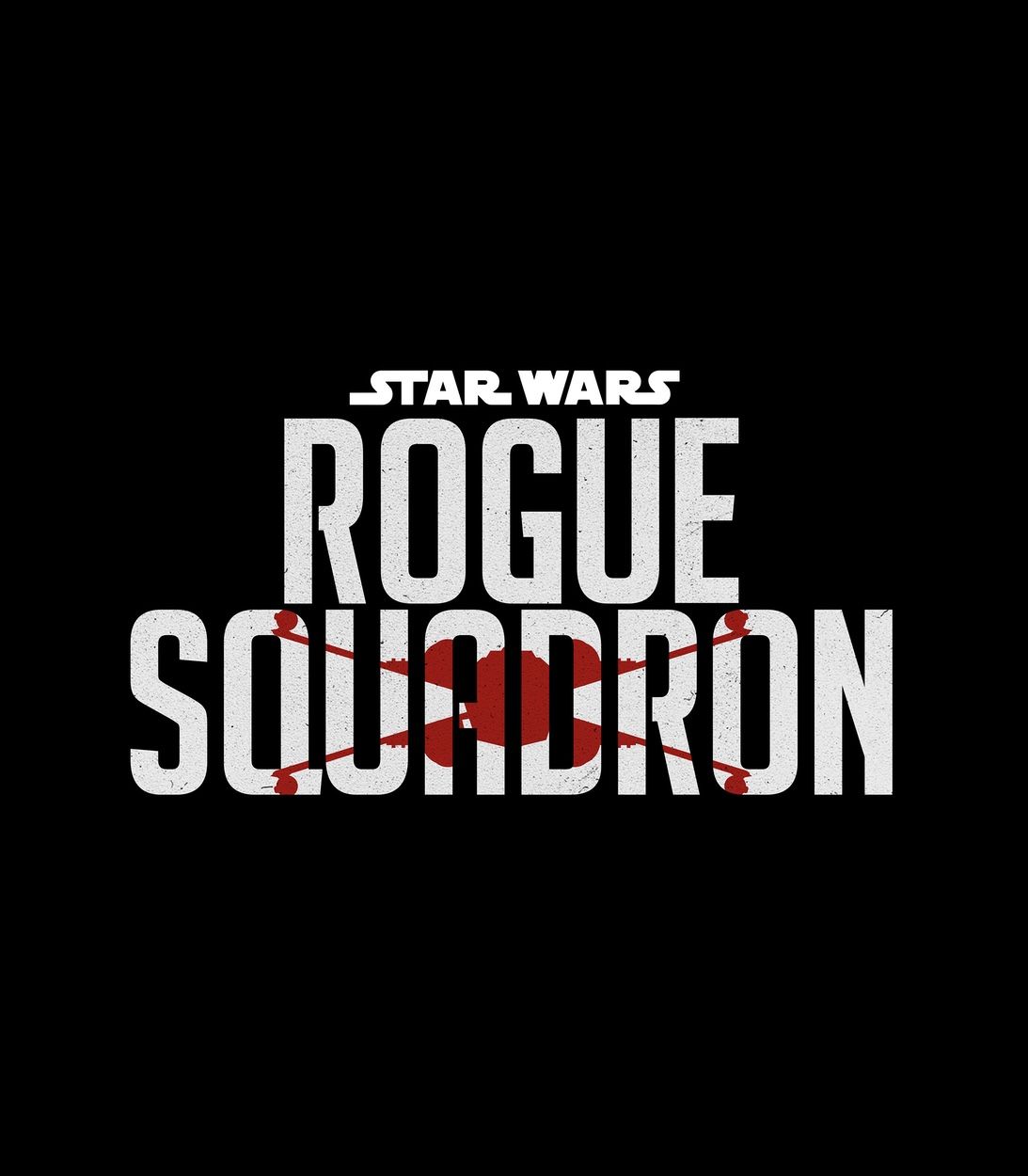Luke Skywalker helped Rogue Squadron hold off Imperial forces in The Empire Strikes Back, but he missed one of the biggest weaknesses of the AT-AT walkers. The Battle of Hoth was a devastating defeat for the Rebellion, but they managed to evacuate most of their command personnel while their ground forces and Rogue Squadron delayed the Empire’s advance on Echo Base. Luke Skywalker’s leadership over Rogue Squadron was invaluable, but it was the squadron’s second in command, Wedge Antilles, who exploited another significant weakness of the Imperial AT-AT.
As shown in Empire Strikes Back, Rogue Squadron’s T-47 Airspeeders (nicknamed snowspeeders) were lightly armed, with only forward and rear-facing blaster cannons and a tow cable launcher, but they were fast and maneuverable. While Star Wars canon and Legends sources confirm that the snowspeeders’ blasters could destroy Imperial AT-ST scout walkers with ease, they were ineffective against the heavily-reinforced armor of the AT-AT walkers. Luke famously improvised a tactic in which the snowspeeders tied up the larger walkers’ legs, causing them to collapse.
With Luke’s tail gunner, Dak Ralter, dead from a walker’s glancing blaster bolt, Wedge Antilles and Wes Janson employed Luke Skywalker’s strategy against an Imperial walker, successfully tripping the war machine. Antilles and one of his wingmen then strafed the toppled walker, obliterating it with only a few volleys of blaster fire. Although Luke correctly stated that their armor was too strong for blasters, Wedge exploited another weakness that Luke didn’t mention: the necks of the AT-AT were unarmored and extremely volatile.
The Legends-era sourcebook, Star Wars: Imperial Handbook: A Commander's Guide, revealed that the neck of the AT-AT was the walker’s most vulnerable point. The neck was not armored out of necessity for the head’s articulation, and the walker’s heavy turbo laser cannons on its chin and medium blaster cannons on the side of its head were linked to the walker’s reactor in its underside. Powerful blaster bolts could instantly destroy the normally-durable AT-AT walker if they struck the neck, as they’d detonate the walker’s reactor. When Wedge and his wingman strafed the downed AT-AT, one volley of bolts harmlessly struck the walker’s armored head, but the following two volleys hit the neck, instantly destroying it.
This weakness coincided with Luke’s destruction of another walker later in the battle. Using a harpoon gun to ascend to the walker’s body and his lightsaber to cut it open, Luke tossed a concussion grenade inside it, which caused internal explosions and decapitated the walker. Reactors were typically volatile in the Star Wars franchise, with Trade Federation Lucrehulk-class Battleships and both Death Stars being destroyed by reactor breaches (and, in the case of the latter two in canon, sabotage).
While the neck of an AT-AT was highly volatile, it was by no means an easy target. The walker’s neck was a small target and approaching it required craft to fly in range of its head, which could instantly destroy a Rebel snowspeeder with a direct hit. Luke’s idea of tripping up the walker gave Wedge the perfect opening to strike its vulnerable neck. By working together and exploiting the AT-AT walkers’ two biggest weaknesses, Luke, Wedge, and the rest of the Rebellion’s forces on Hoth slowed the Empire’s advance, allowing much of their command crew to evacuate, which softened the blow of their defeat in The Empire Strikes Back.



